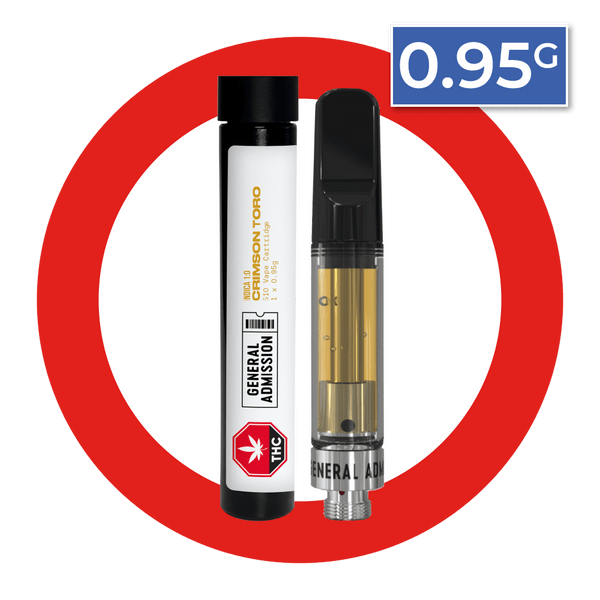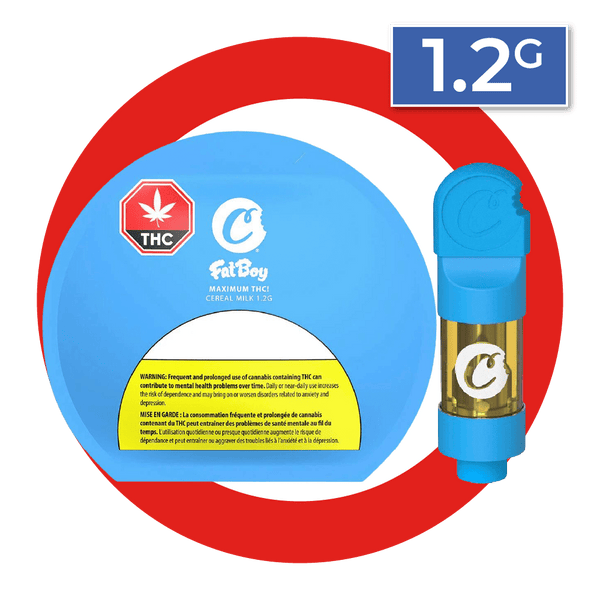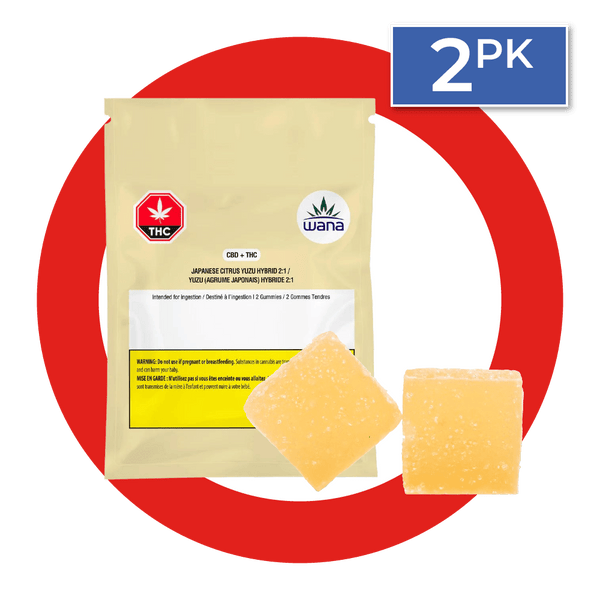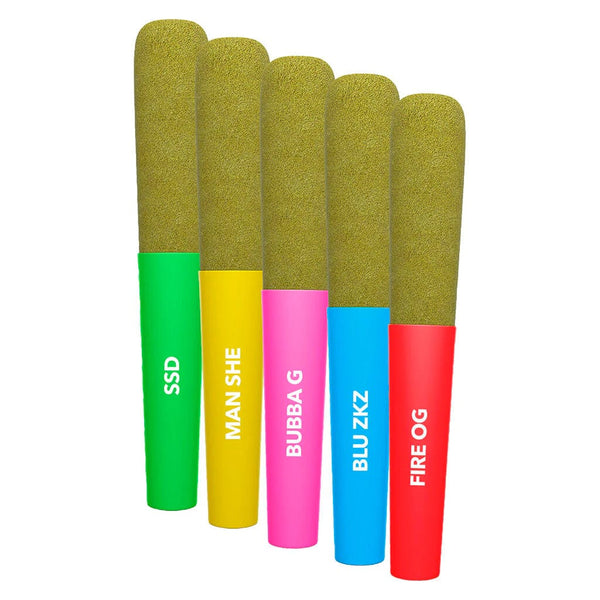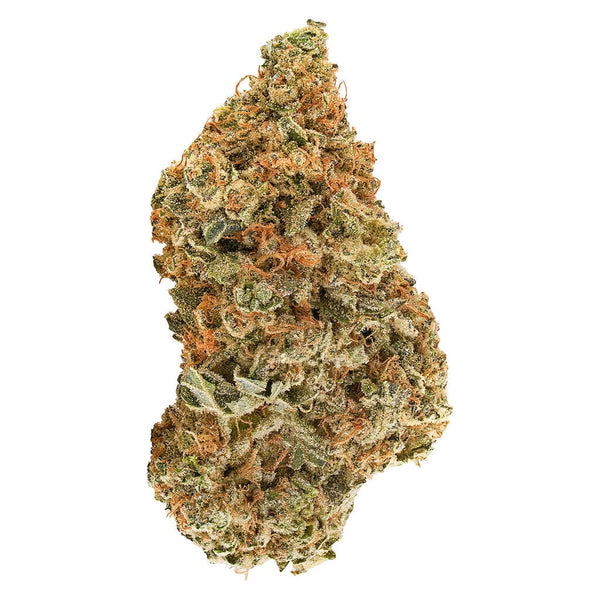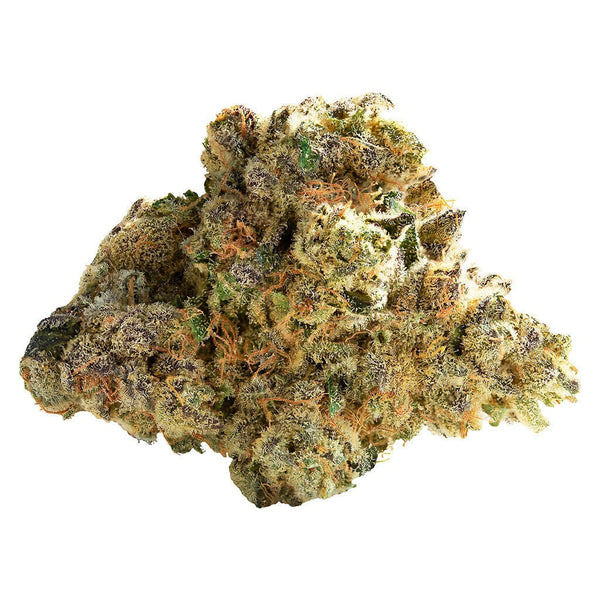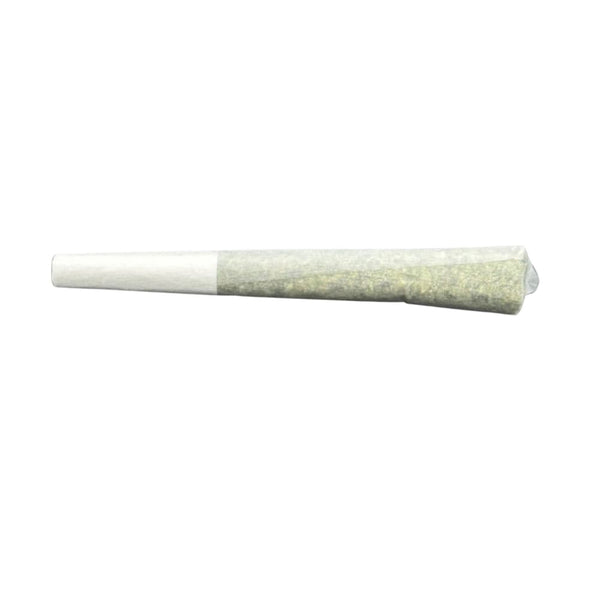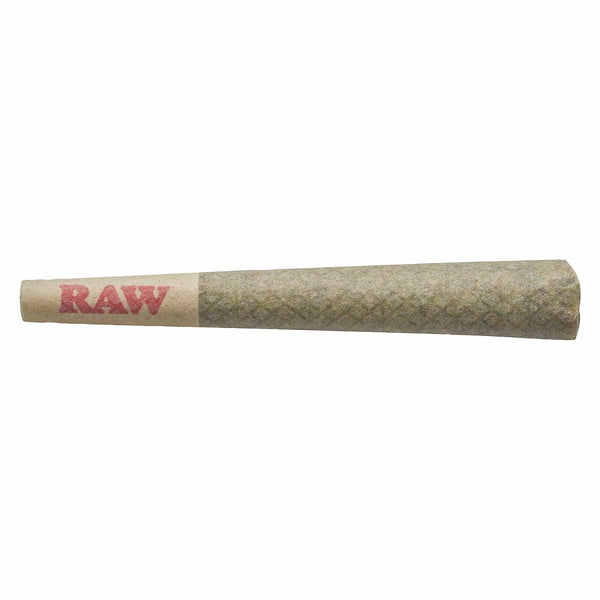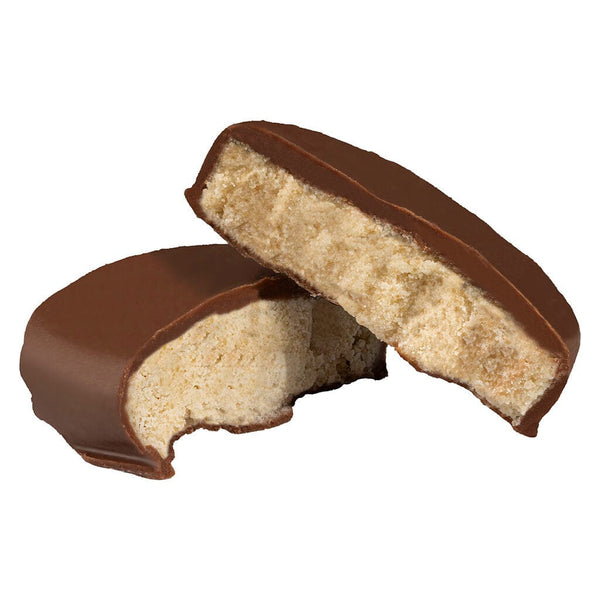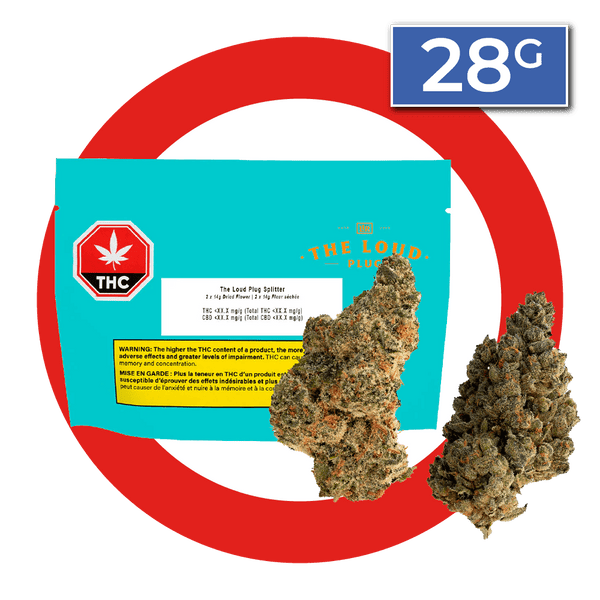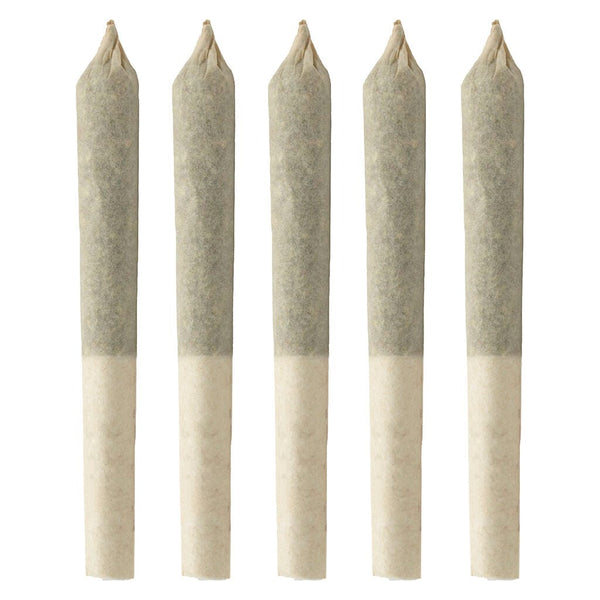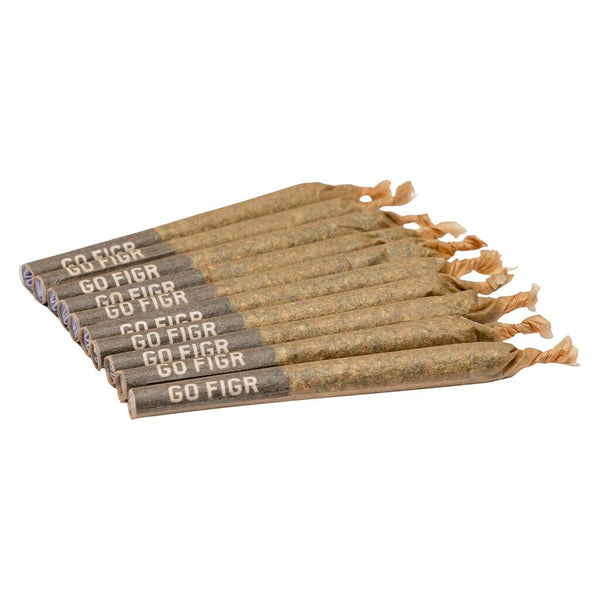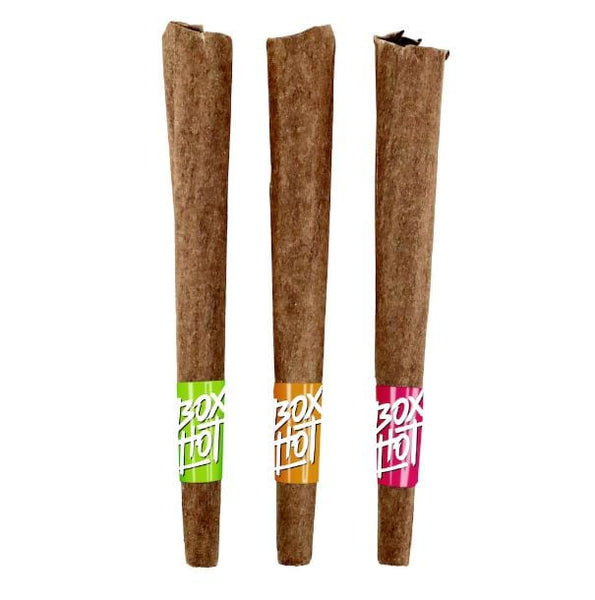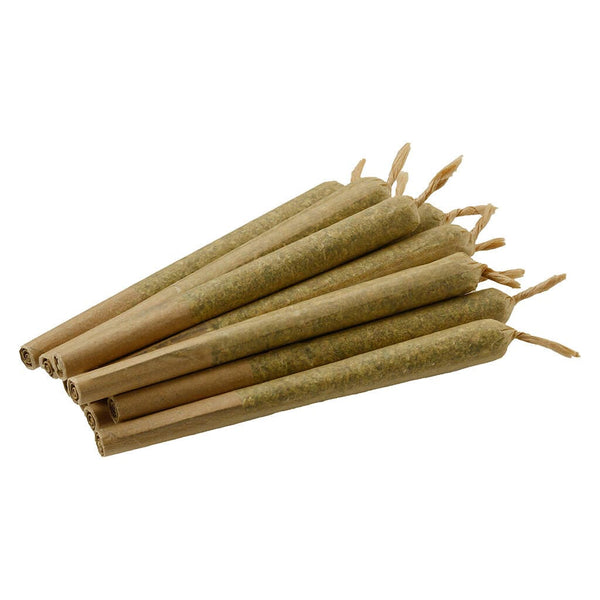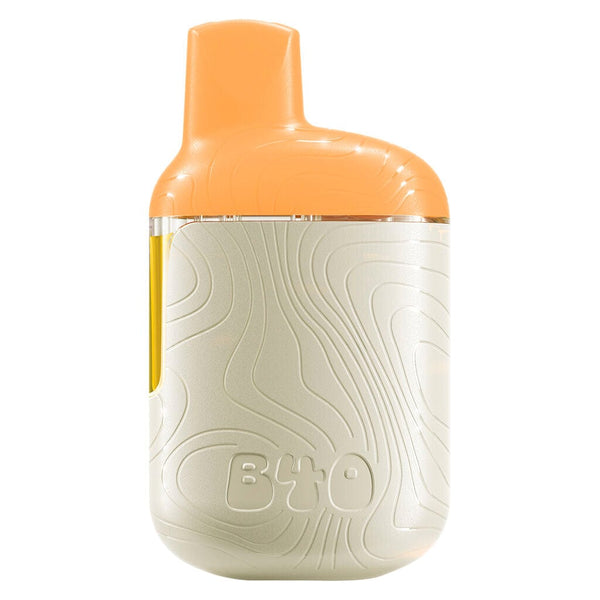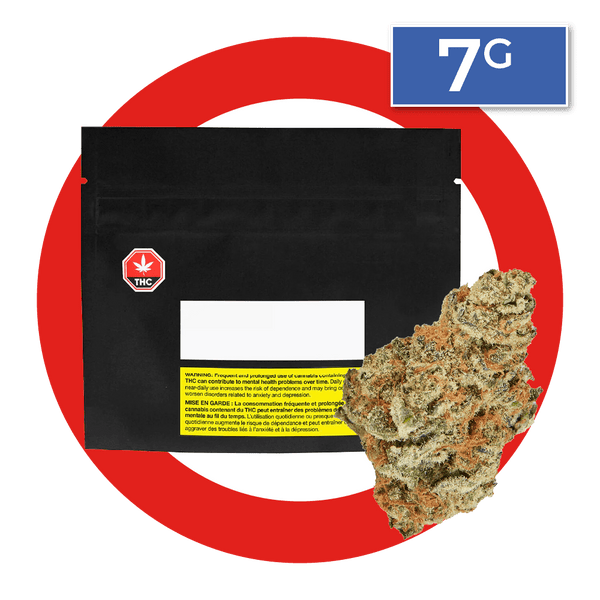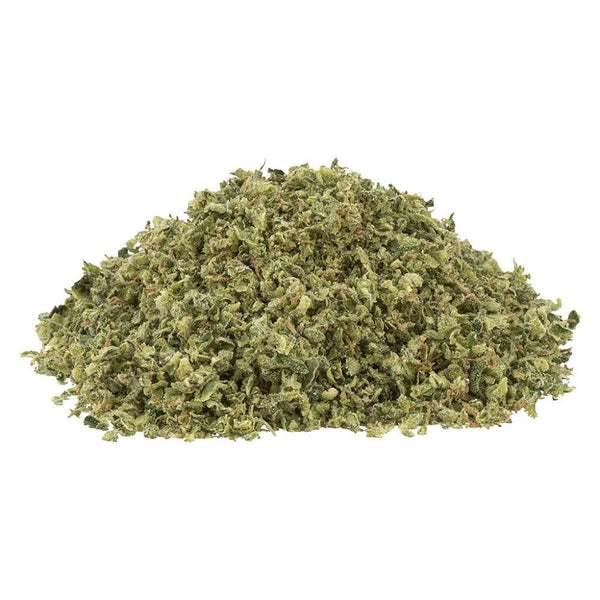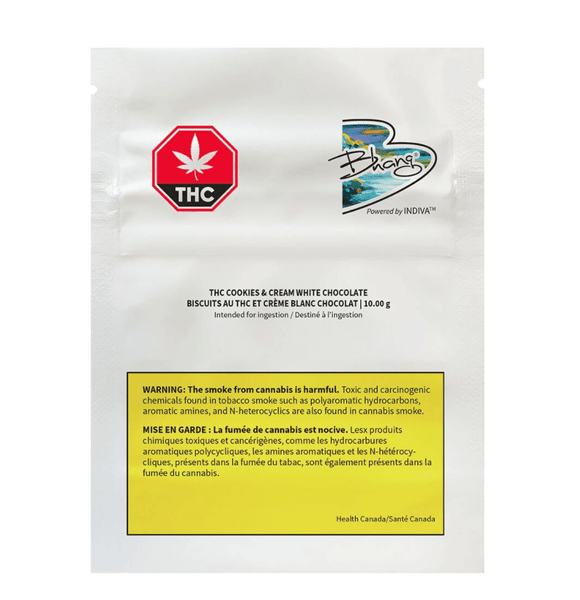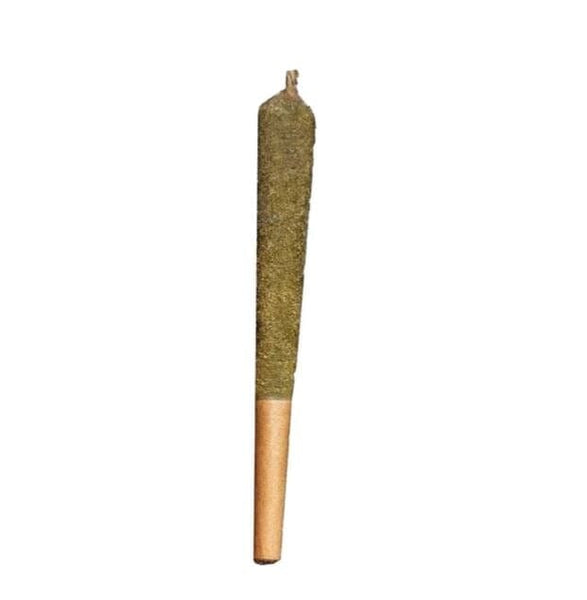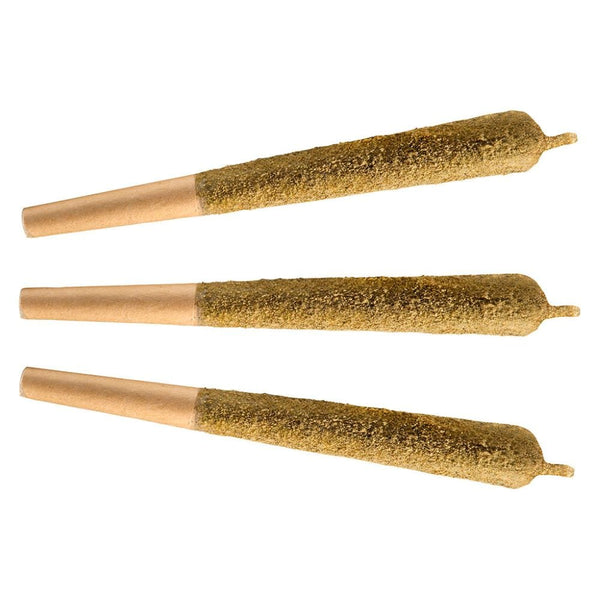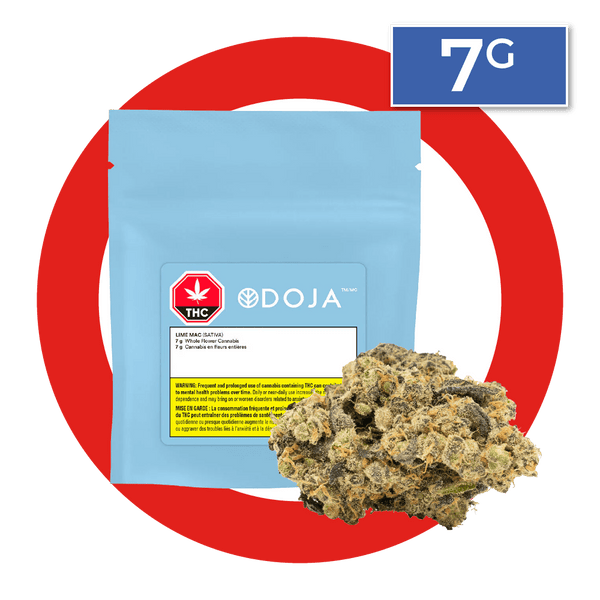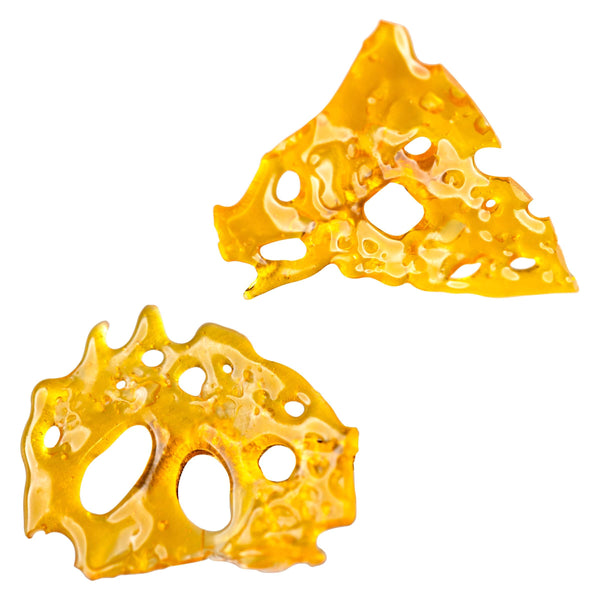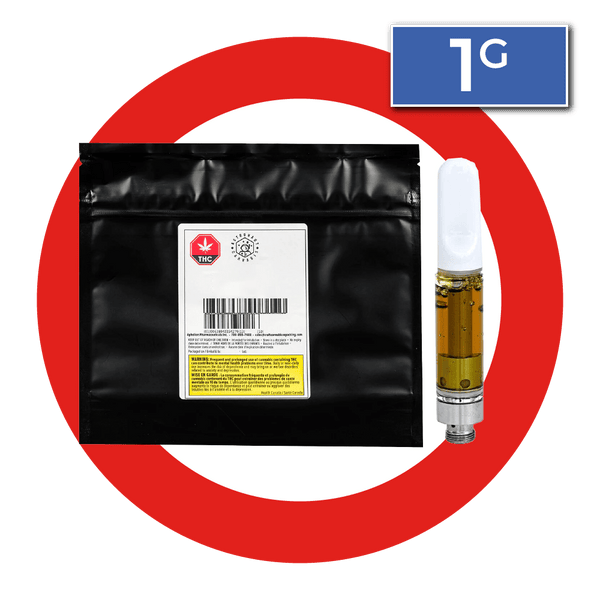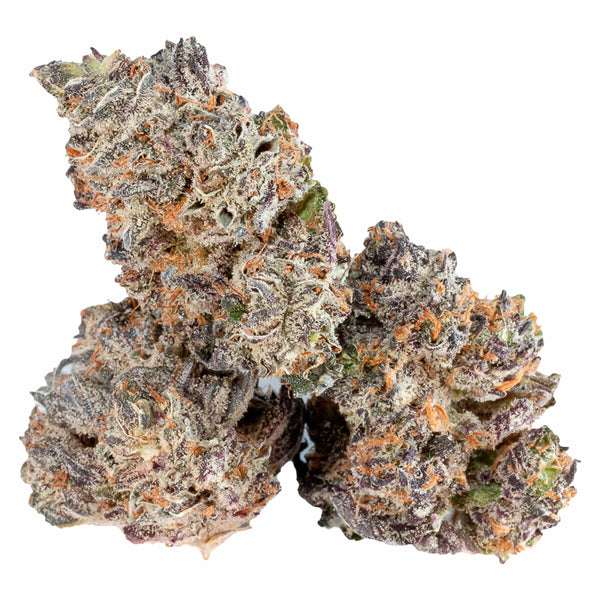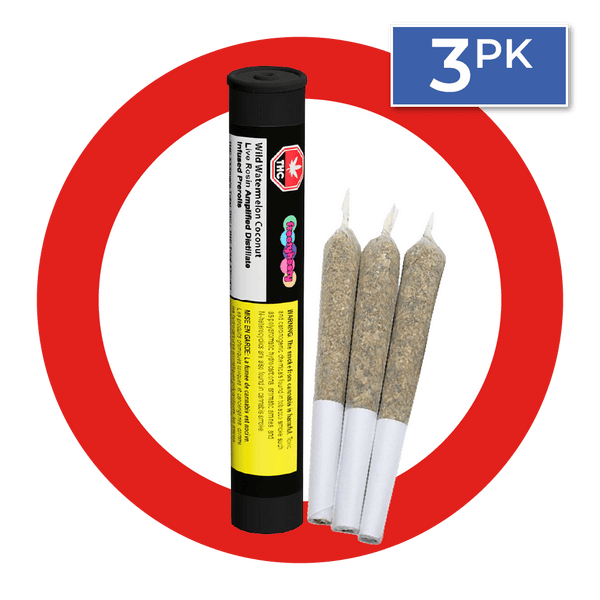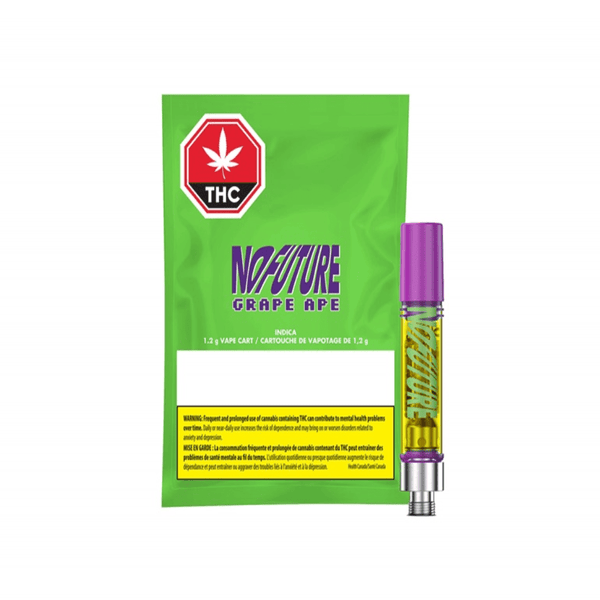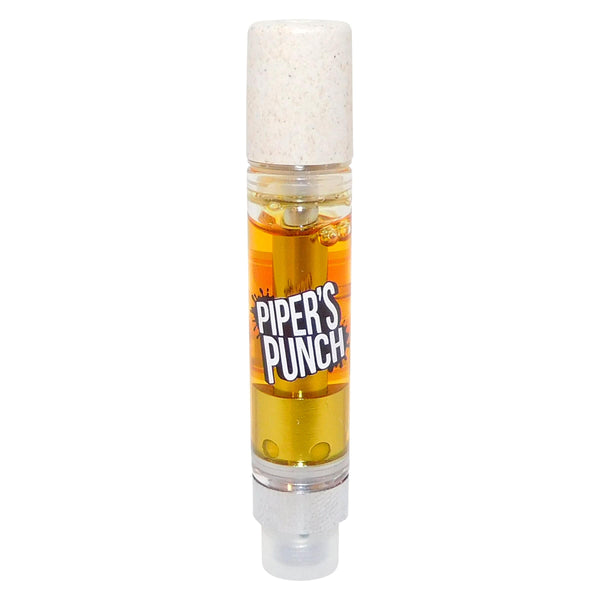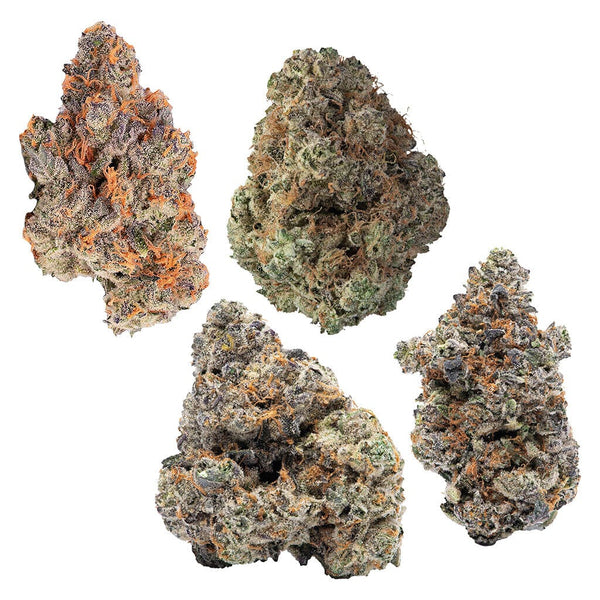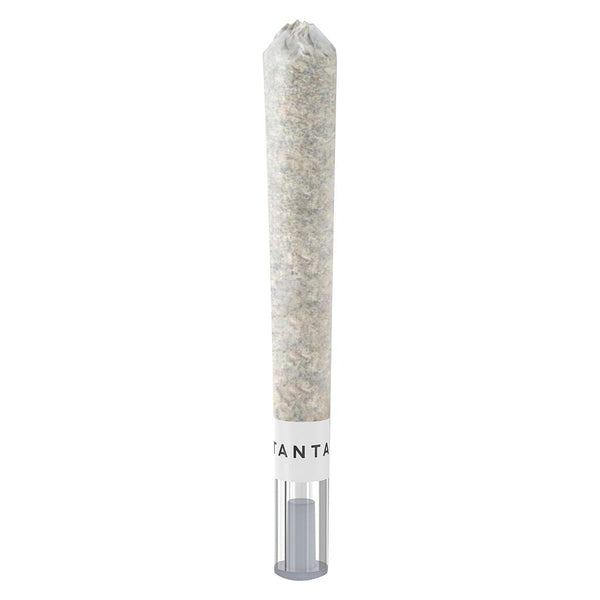
All You Need to Know About CBD
From most people’s perspective, CBD is a product which emerged seemingly from nowhere.
In the United States, CBD products went from being heavily prohibited to becoming widely distributed in the span of less than a year, after the 2018 Farm Bill relaxed regulations and created a huge industrial hemp industry.
Despite its rapid ascension from an obscure compound to a household name, CBD is anything but new. Humanity’s relationship with the hemp plant — the main source of CBD — goes back tens of thousands of years.
Our ancient ancestors may not have known CBD by name, but they certainly knew about the many uses of hemp and have been ingesting CBD long before the modern world caught on.
Even by scientific standards, CBD is getting a little grey. CBD became known to science as far back as 1940, when CBD was first isolated from the cannabis plant.
Although there are still many mysteries and open scientific questions surrounding CBD, there is also a large (and rapidly growing) body of knowledge regarding CBD, where it comes from, and what it can do.
Let’s take a look at five surprising facts about CBD which you might not be aware of.
Top Five Intriguing CBD Facts
1. CBD Is One of Many Cannabinoids
It turns out that CBD is in good company. CBD is part of a class of compounds known as cannabinoids. So far, there have been over 100 unique cannabinoids isolated from the cannabis plant.
By far the most famous and best studied cannabinoids are CBD and THC. However, the scientific spotlight has now moved onto get a better look at dozens of lesser known cannabinoids, including:
- CBN (Cannabinol)
- CBG (Cannabigerol)
- CBC (Cannabichromene)
- CBDA (Cannabidolic)
At the present, most of these compounds are not well understood. But we expect to hear more from these more obscure cannabinoids as research progresses in the coming years.
What’s more, there are likely even more as yet unidentified cannabinoids to be unearthed in the natural world.
2. CBD Works With the Endocannabinoid System
CBD and other cannabinoids were first identified in the cannabis plant, but it turns out that we can find cannabinoids even closer to home.
Inside the human body we find a variety of endocannabinoids — cannabinoids which are produced naturally as part of our biochemistry and play a vital role in maintaining our body’s homeostasis.
While CBD itself is not produced by the human body, there are a variety of closely related cannabinoids which our bodies do produce. These cannabinoids bind to special cannabinoid receptors within our nervous system, where they help the body mediate and perform essential functions including:
- Regulating appetite and digestion
- Stress response and management
- Sleep
- Reproduction
The endocannabinoid system is absolutely vital for our bodies to perform all manner of essential functions. Learn more about the endocannabinoid system here!
Current research suggests that CBD may help the body to properly regulate the endocannabinoid system, acting on cannabinoid receptors and in synchronicity with the body’s endogenous cannabinoid compounds to promote healthy levels of endocannabinoids and allow this essential system to perform its duties more efficiently.
3. CBD Works in Synchronicity with Other Cannabinoids
Efforts to study cannabinoids have come across some curious results. Scientists have expended much effort to figure out the specific profile of an individual cannabinoid’s effects, only to find that many cannabinoids seem to work in concert with one another.
Rather than individual cannabinoids each having their own effects which they contribute to the whole, the combination of different cannabinoids seems to create unique effects all their own. In other words, a cocktail of cannabinoids is more than just the sum of its parts!
Researchers have dubbed this interesting phenomenon the “Entourage Effect.”
Not only have scientists observed this intriguing activity, but users of CBD supplements have also reported some anecdotal evidence supporting the Entourage Effect as well.
These users have noticed that so called “Full Spectrum” CBD tinctures — which contain traces of every cannabinoid in the hemp plant — seem to have their own unique properties which are not exhibited by so called “CBD Isolate” products which strip away everything but the CBD itself.
4. CBD Is Extremely Well Tolerated
As you probably know already, CBD doesn’t produce any type of intoxication or any of the “high” associated with recreational cannabis use.
What’s more, CBD is extremely well tolerated in most individuals. It has few side effects and is remarkably safe to use.
Studies have shown that CBD is an extremely safe compound with very few potential side effects. Even the side effects which can occur with CBD are extremely mild and easily treatable issues such as dry mouth, diarrhea, and drowsiness.
In a world where supplements and medications often come with a laundry list of side effects, the impressive safety profile of CBD is definitely something to write home about.
5. CBD Occurs in Both Hemp and Marijuana Plants
The modern CBD industry is all about hemp. After all, only CBD sourced from hemp plants can be legally sold across the United States.
Despite that, you can also find CBD occurring naturally in marijuana plants as well.
The reason for this is quite simple: hemp and marijuana plants are, biologically speaking, the same plant.
Both hemp and marijuana are cannabis plants, but the devil is in the details. A hemp plant must contain 0.3% or less THC, while a marijuana plant has no restrictions on its THC content.
This definition has created an industry where hemp plants are selected for their high CBD and low THC content, while marijuana plants are selected for their high THC content and often contain a minimal amount of CBD.
CBD can actually mitigate some effects of the intoxication caused by THC, which has led many recreational marijuana users to seek marijuana strains with a minimal amount of CBD.
But for those who prefer a blend of THC and CBD, there are a variety of cannabis strains which can be found today that include an appreciable amount of CBD. You can find marijuana plants with a variety of ratios of CBD to THC, such as 4:1 or even 1:1, letting you select the balance of CBD and THC which is optimal for you.

 Dried Flower
Dried Flower
 Pre-Rolls
Pre-Rolls
 Milled Flower
Milled Flower
 Sativa Strains
Sativa Strains
 Indica Strains
Indica Strains
 Hybrid Strains
Hybrid Strains
 All Concentrates
All Concentrates
 Waxes
Waxes
 Diamonds / Crystals
Diamonds / Crystals
 Shatters
Shatters
 Live Resin
Live Resin
 Oils & Capsules
Oils & Capsules
 Hash & Kief
Hash & Kief
 Vape Cartridges
Vape Cartridges
 Infused Creams
Infused Creams
 Bath Bombs
Bath Bombs
 Edibles
Edibles
 Beverages
Beverages
 Gummies & Candies
Gummies & Candies
 Capsules & Soft Gels
Capsules & Soft Gels
 Chocolates
Chocolates
 Baked Goods
Baked Goods
 Breath Strips
Breath Strips
 Bongs
Bongs
 Bong Accessories
Bong Accessories
 Dab Rigs
Dab Rigs
 Dabbing Accessories
Dabbing Accessories
 Vaporizers
Vaporizers
 Bubbler Pipes
Bubbler Pipes
 Hand Pipes
Hand Pipes
 Papers & Wraps
Papers & Wraps
 Rolling Supplies
Rolling Supplies
 Storage
Storage


